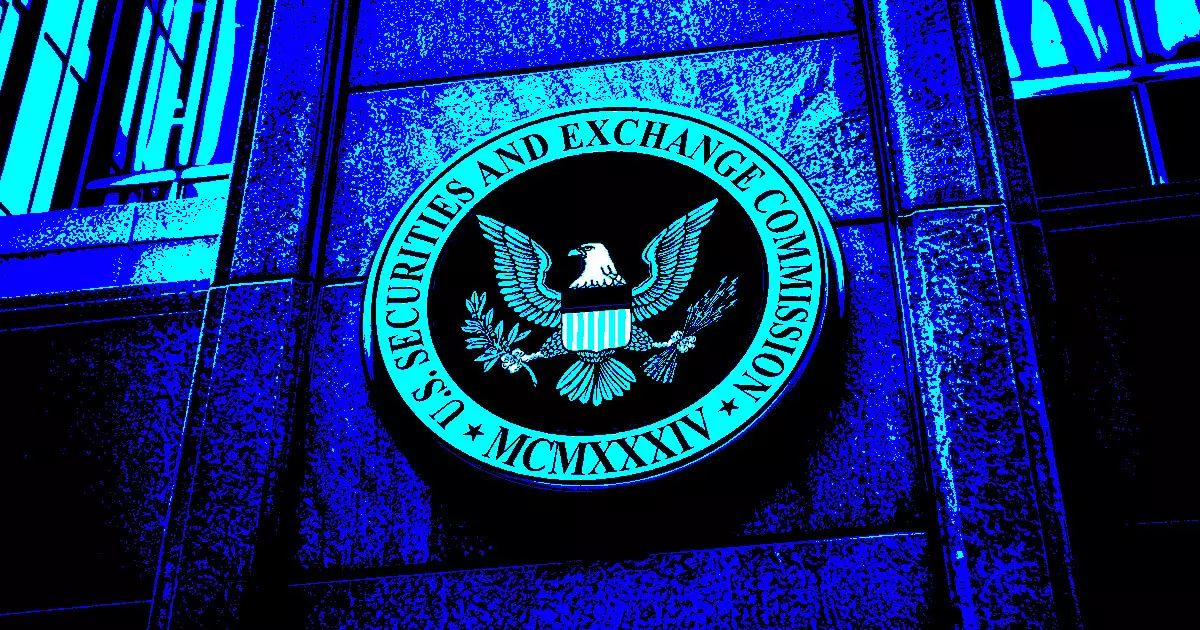In a significant move aimed at addressing the fallout from the tumultuous initial coin offering (ICO) landscape of 2017, the US Securities and Exchange Commission (SEC) recently announced the distribution of $4.6 million to investors affected by the downfall of crypto startup BitClave. This action follows a settlement reached in 2020, which aimed to compensate those who had invested in BitClave’s Consumer Activity Token (CAT). The timeline of events showcases a sobering narrative of legal repercussions and the regulatory environment that emerged in the wake of the ICO boom.
BitClave attracted immense attention during its ICO, successfully raising $25.5 million within a mere 32 seconds—a feat that epitomized the frenzied investment climate of 2017. However, this rapid accumulation of capital would ultimately lead the SEC to file charges against the firm, claiming it had conducted an unregistered securities sale. Under the leadership of then-Chair Jay Clayton, the SEC took a firm stance on potential securities law violations, culminating in a settlement that required BitClave to relinquish its fundraising and address the associated penalties totaling nearly $29 million.
The SEC’s establishment of the BitClave Fair Fund was intended to provide a mechanism for returning funds to investors who had suffered losses due to the company’s collapse. Yet, complications have arisen regarding the fund’s financial status. While the SEC mandated a payout of nearly $29 million to the Fair Fund, records indicate that as of February 2023, BitClave had only contributed $12 million. This remaining $7.4 million disparity raises critical questions about the fund’s viability and future distributions to investors.
Claimants who suffered losses were tasked with submitting their claims by August 2023, with the SEC promising to keep them informed about their claim statuses by March 2024. While the recent announcement of disbursement is a positive sign for investors, the lingering gaps and the slow accumulation of funds reflect the broader concerns regarding the efficacy of the regulatory landscape in protecting investors.
The BitClave case serves as a representative example of the SEC’s heightened scrutiny of the ICO sector, which was characterized by both innovation and significant risks. By reinforcing the importance of adhering to securities regulations, the SEC’s actions aim to deter other crypto projects from bypassing legal requirements. Moreover, this situation illustrates the ongoing complexity faced by investors in the ever-evolving digital asset market—a terrain often fraught with uncertainty and legal challenges.
While the SEC’s intention behind the Fair Fund is commendable, the lack of transparency regarding the disbursement process raises concerns. Neither the SEC nor the fund administrator has addressed the outstanding discrepancies, leading to a perception of ambiguity that investors might find unsettling. As the regulatory framework surrounding cryptocurrencies continues to develop, it remains essential for agencies like the SEC to ensure not only accountability but also clarity for all stakeholders involved in the digital asset ecosystem.
As we assess the implications of the BitClave debacle, it becomes increasingly clear that investor protection in the crypto space is a paramount concern—requiring ongoing vigilance from regulators and a commitment from crypto startups to operate within established legal frameworks.

